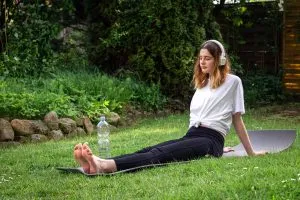When it comes to yoga, comfort is key. Whether you’re practicing in the heat of summer or the chill of winter, the right yoga mat can make all the difference.
How about we check out the world of temperature-regulating yoga mats and discover how they can help you stay comfortable in any climate.
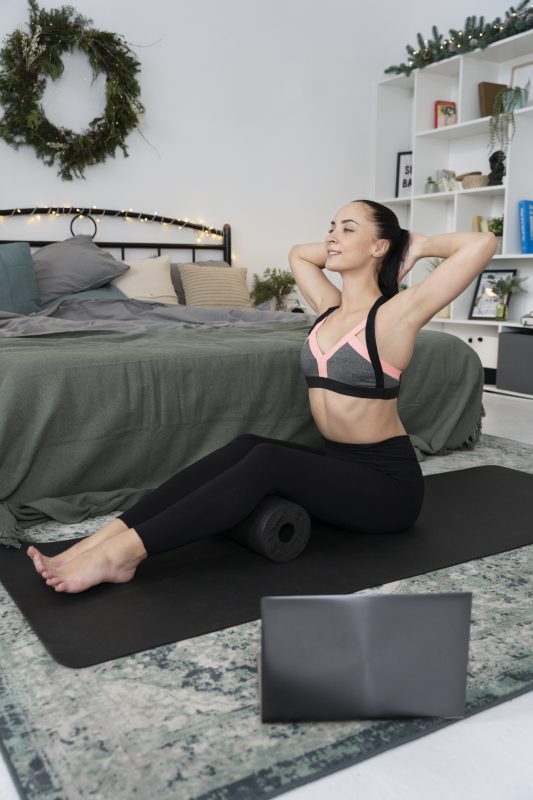
Temperature-Regulating Yoga Mats
Yoga mats come in various materials, each with unique properties that affect your body temperature during practice.
Some mats are designed to keep you cool, while others provide warmth and insulation.
But how do you choose the best yoga mats for hot and cold climates?
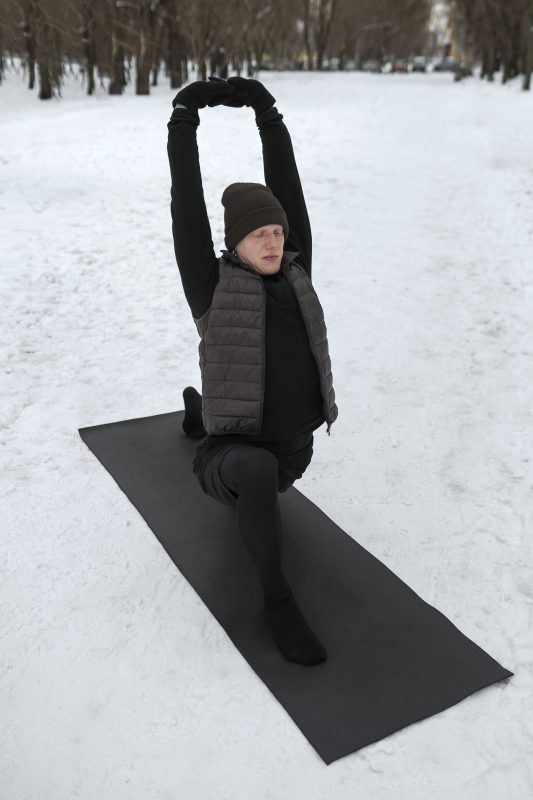
Best Yoga Mats for Hot and Cold Climates
For hot climates or intense practices like hot yoga, sweat-resistant yoga mats are essential.
These mats are typically made from materials like natural rubber or TPE, which offer excellent grip even when wet.
On the other hand, for colder climates, mats made from materials like Schurwolle (virgin wool) provide natural warmth and insulation, making them perfect for meditation and Kundalini yoga.
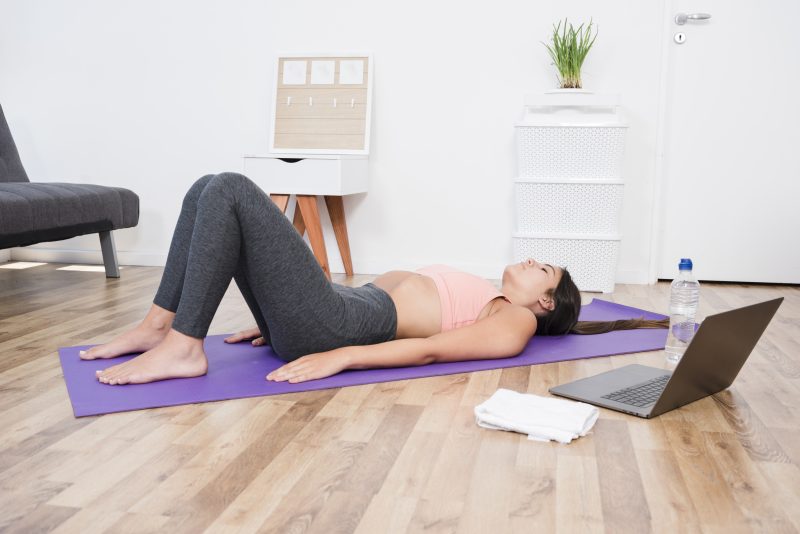
Breathable Yoga Mats for Temperature Control
Breathable yoga mats are designed to allow air circulation, helping to regulate your body temperature.
Mats made from jute or cork are great examples.
Jute is a plant-based material that is not only eco-friendly but also breathable, providing a comfortable cushion and good grip.
Cork, with its natural antimicrobial properties, offers a similar breathable experience, ensuring you stay cool and comfortable.
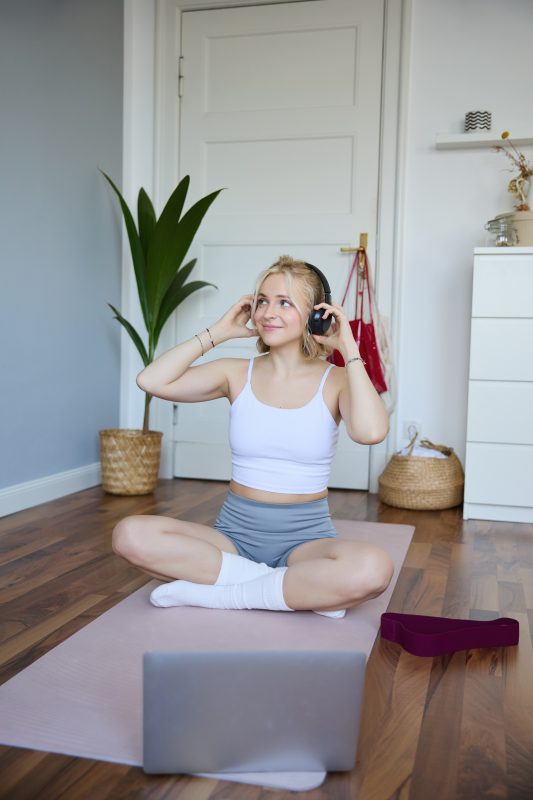
How Yoga Mat Material Affects Body Temperature
The material of your yoga mat plays a significant role in how it affects your body temperature.
Natural rubber mats, for instance, provide excellent grip and are eco-friendly, but they can be heavy and have an initial smell.
PVC mats are affordable and durable but not environmentally friendly.
TPE mats are lightweight, recyclable, and non-toxic, offering good cushioning and grip.
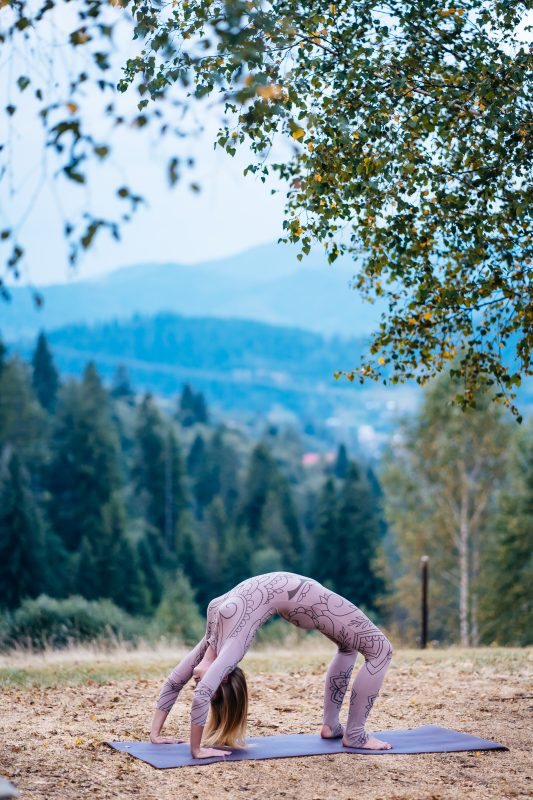
Sweat-Resistant Yoga Mats for Hot Yoga
Hot yoga enthusiasts know the importance of a sweat-resistant mat.
These mats are designed to handle moisture, providing a non-slip surface even during the sweatiest sessions.
Mats made from natural rubber or TPE are ideal for hot yoga, offering the perfect balance of grip and comfort.
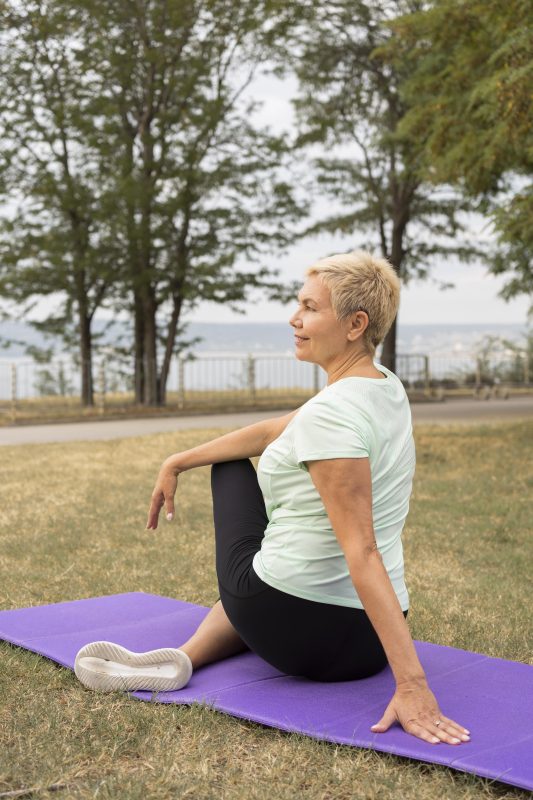
Personal Experience: A Yoga Instructor’s Perspective
As a yoga instructor, I’ve tried various mats over the years.
One of my favorites for hot yoga is the Stakt Yoga Mat.
Its innovative grip technology ensures stability, even in the most humid conditions.
For colder days, I love using a Manduka Pro Yoga mat.
The natural warmth and comfort it provides make my meditation sessions incredibly cozy.
Choosing the right yoga mat can significantly enhance your practice, ensuring you stay comfortable regardless of the climate.
So, whether you’re sweating it out in a hot yoga class or finding your zen in a chilly studio, there’s a perfect mat out there for you.
Remember, the best yoga mat for you is one that meets your specific needs and preferences. Happy practicing! 🧘♀️


